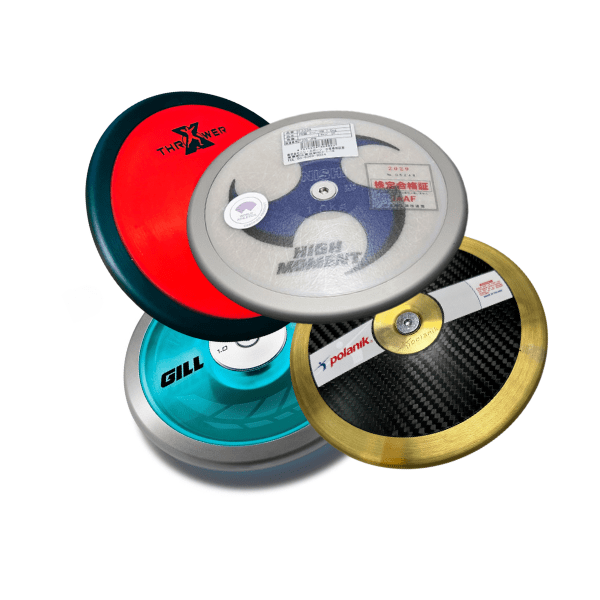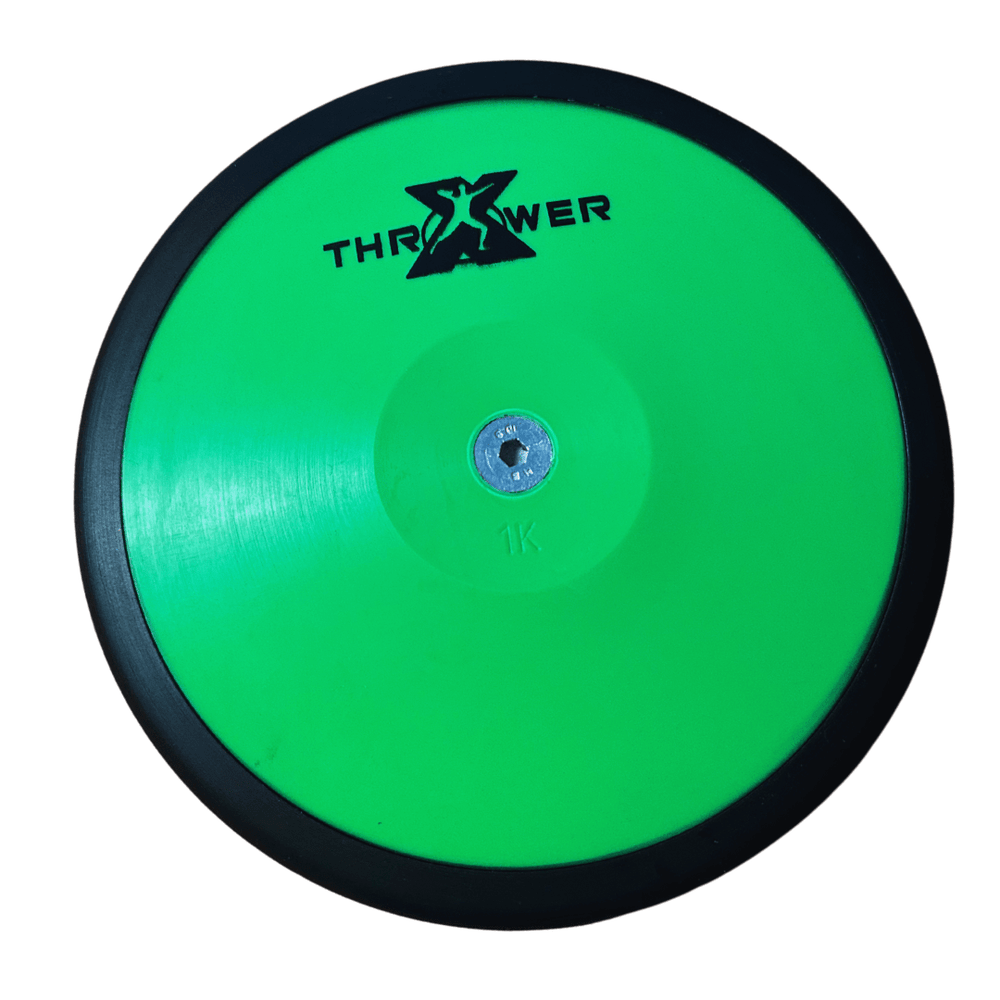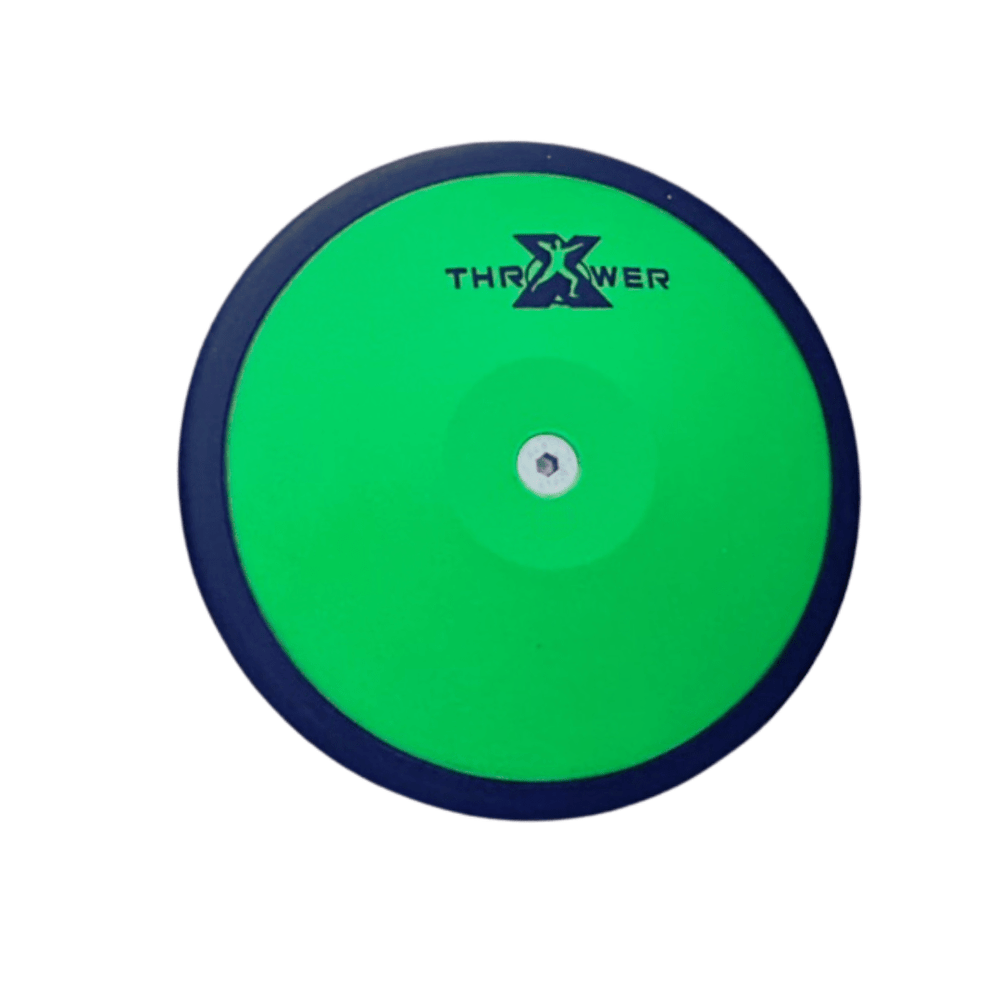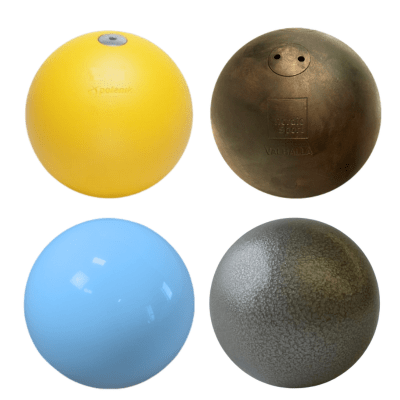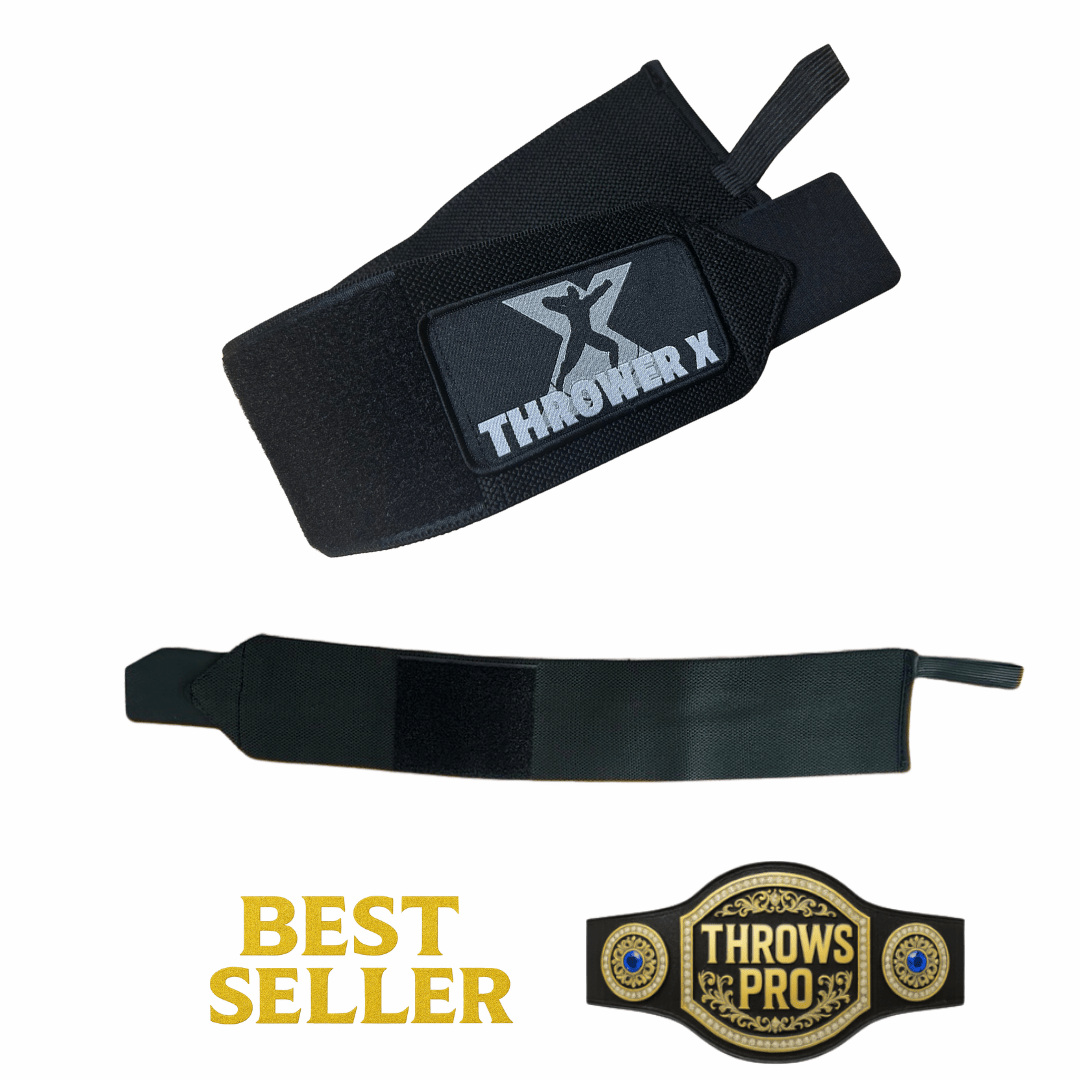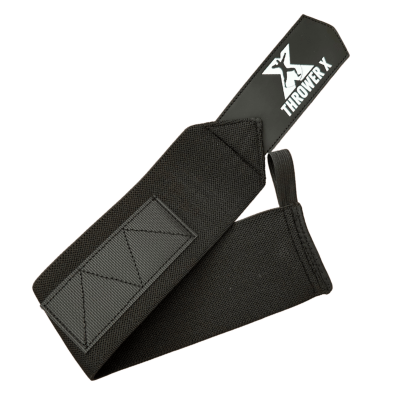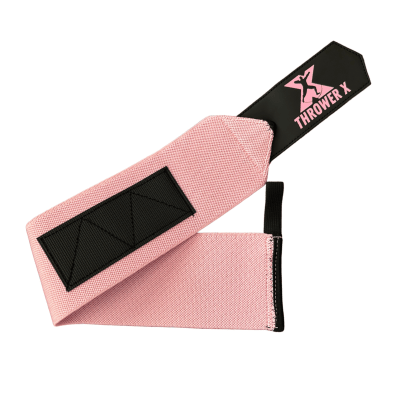Hammer Throw Specific Training
Hammer Throw Specific Training
Overview
The best way to improve specific abilities is by using hammers of varying weights and lengths (lighter and heavier than competition weight).
Off-Season Training Plan for Hammer Throwers
Step 1: Test with Light, Competition, and Heavy Hammers
-
Conduct separate testing days for various hammer weights/lengths
- 4k: 3k - 4k - 5k
- 12 pound: 10 pound or 4.5k - 12 pound - 6k or 14 pound
- 16 pound: 6k or 14 pound - 16 pound - 8k (18 pound)
-
Record your best distance with each
Step 2: Evaluate the Results
-
Compare results using the provided adjustment tables based on:
-
Check the difference between light, competition, and heavy hammer
- 4k (+3 to 4 meters with light | -3 to 4 meters with heavy
-
-
Light hammer less than 4 meters
- Speed deficit → Train with more light hammers
- Weekly Breakdown: 60% light, 20% competition, 20% heavy
-
Heavy hammer less than 4 meters
- Strength deficit → Train more with heavier hammers (60% of throws)
- Weekly Breakdown: 60% heavy, 20% competition, 20% light
-
Balanced → Train using light, standard, and heavy hammers
- Weekly Breakdown: 30% heavy, 40% competition, 30% light
Always throw all three types of hammers every week; emphasis will depend on which deficiency is dominant.
Daily Hammer Throws General Recommendations
Choose Hammer Weights and Lengths
-
Light Hammer: Less weight
-
Heavy Hammer: More weight or shorter wire
-
Competition Hammer: full-length wire
Select Hammer
-
x6 Warm-up throws at low-medium intensity (60–75% effort)
-
x6 Max effort throws (95–100+%) — measured and tracked
Change Hammer
-
x6-10 Additional high-medium intensity throws (80–90%)
Throw standard and heavy hammers with heavier lifting movements
Throw standard and light hammers with explosive lifting movements and plyometrics.
Follow Hammer Throw Training for 4 Weeks
-
Follow the plan for 4 weeks
-
Throw for maximum distance and chart progress
- Adjust what hammer to emphasize based on results


